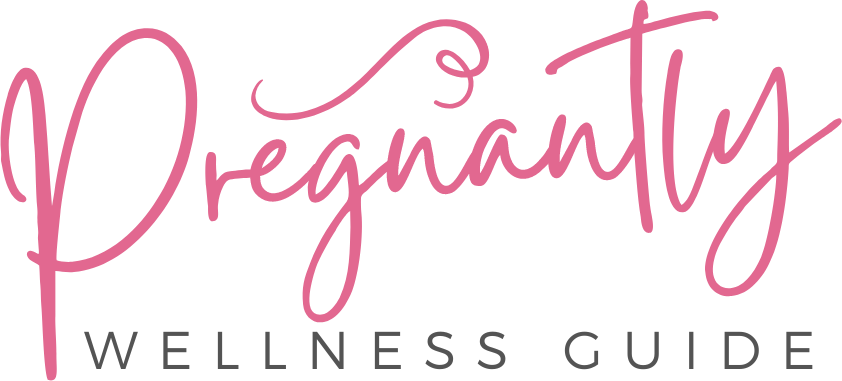
Breast Health
Breast health in women is a vitally important issue that is a major aspect of wellness in women. Breast cancer is the leading cause of death in women on a global scale. In addition, there are many common breast issues that women experience.
In what follows, we’ll be discussing the most common breast issues experienced by women. We will also be discussing the importance of breast self-awareness and its role in early cancer detection. Finally, we’ll briefly mention breast cancer risk, types, and treatment.
Common Breast Health Issues
Breast health issues can vary from woman to woman, and it’s important to be aware of the most common types that may occur. Three common breast health issues that women may experience are fibrocystic breast changes, breast pain, and nipple discharge.
Fibrocystic Breast Changes
Common and benign, fibrocystic breast changes are breast conditions that may cause lumpy or rope-like breast tissue. They are caused due to changes in the ducts of the breasts and the development of fluid-filled cysts. These changes can be more noticeable during certain times of the menstrual cycle and can cause tenderness and swelling. While fibrocystic breast changes are not typically a cause for concern, they can be uncomfortable for some women.
Management strategies for fibrocystic breast changes include:
- Taking over-the-counter pain relievers such as ibuprofen or acetaminophen for breast pain or discomfort.
- Wearing a supportive bra to help reduce breast pain and discomfort.
- Limiting caffeine intake which can exacerbate breast pain and tenderness.
- Applying heat or cold therapy to the affected breast to help reduce pain and swelling.
- Vitamin E Supplements have been shown to reduce breast pain in premenopausal women.
Breast Pain
Also known as mastalgia, breast pain is another common breast health issue that many women experience. Breast pain can range from mild to severe and may be accompanied by tenderness, swelling, or lumps. Pain can be the result of fluctuations in estrogen during the menstrual cycle. It can also be due to an inflammatory process such as mastitis.
Management strategies for breast pain include:
- Pain management with over-the-counter medication.
- Breast support with a supportive bra.
- Warm or cool compresses.
- In some cases of infection, antibiotic treatment may be necessary.
- Vitamin E supplementation.
Nipple Discharge
Nipple Discharge is another common breast health issue that women may experience. Nipple discharge can be caused by a variety of factors, including hormonal changes, medication use, or an underlying medical condition. While most nipple discharge is not a cause for concern, it’s important to speak with your healthcare provider if you notice any unusual or persistent nipple discharge. Nipple discharge of blood is an indication to seek medical attention as soon as possible.
Management strategies for nipple discharge include:
- Monitoring the discharge and noting any changes in color, consistency, or volume.
- Speaking with your healthcare provider if you notice any unusual or persistent nipple discharge.
- Undergoing diagnostic testing, such as a mammogram or breast ultrasound, to rule out any underlying medical conditions.
Breast Self-Awareness
It’s essential for women to be aware of their breasts and any changes that may occur in order to maintain breast health wellness. Being proactive with breast health can help women detect potential breast issues at an early stage, which can help lead to good breast health outcomes.
One of the most important things that women can do to be proactive about their breast health is to practice breast self-awareness. This involves becoming familiar with the normal nature of your breasts, which can help identify any changes that may occur. Changes in the breast, such as lumps or abnormal shape, may require further evaluation by your primary care provider.
Breast self-awareness is certainly a beginning stage of breast cancer detection, yet it is very important to know that the best way to detect breast cancer is through mammography. It’s best to talk to your healthcare provider to discuss when and how often to obtain a mammogram. According to the American Cancer Society, when breast cancer is detected early, the five-year survival rate is nearly 100%.
Breast Cancer Risk Factors
The risk of breast cancer in women is noteworthy, with about 13% of women at risk of developing the condition at some point in their lifetime. The most common risk factors include age, family history, genetic conditions, and lifestyle factors.
Common Breast Cancer Types
The most common types of breast cancer are infiltrating ductal carcinoma, which accounts for between 70 and 80 percent of all invasive breast cancers, and infiltrating lobular carcinoma, accounting for about 5 to 10 percent of invasive cancer of the breast.
Treating Breast Cancer
Breast cancer treatment will depend on several factors, such as the stage of cancer and the individual’s overall health.
The following are some of the most common breast cancer treatments:
- Surgery: Surgery is one of the primary treatments for breast cancer. Depending on the stage of cancer, the surgeon may perform a lumpectomy (removal of the tumor and some surrounding tissue) or a mastectomy (removal of the entire breast). They may also remove surrounding lymph nodes to determine whether the cancer has spread.
- Radiation Therapy: Radiation therapy is often used in conjunction with surgery to eliminate any remaining cancer cells. The radiation is delivered using a machine that targets the affected area with high-energy rays. This treatment is typically done on an outpatient basis and may cause some side effects, such as fatigue, skin irritation, and breast swelling.
- Chemotherapy: Chemotherapy is a systemic treatment that uses medication to kill cancer cells throughout the body. The medication is given intravenously and is usually administered in cycles. Chemotherapy may cause several side effects, such as nausea, hair loss, and fatigue.
- Targeted Therapy: Targeted therapy is a newer type of treatment that uses medication that targets specific proteins or genes that are involved in the growth and spread of cancer cells. Targeted therapy may be used in conjunction with other treatments, such as chemotherapy, to improve their effectiveness.
In addition to these treatments, there are several other therapies that may be used to manage breast cancer, including anti-estrogen therapy and immunotherapy. With the right treatment, many women can successfully fight breast cancer.
Final Thoughts
Breast health is an important topic for women throughout their lives. By understanding the importance of breast self-awareness and breast issues, women can take proactive steps to promote their breast health and manage any problems at an early stage.







